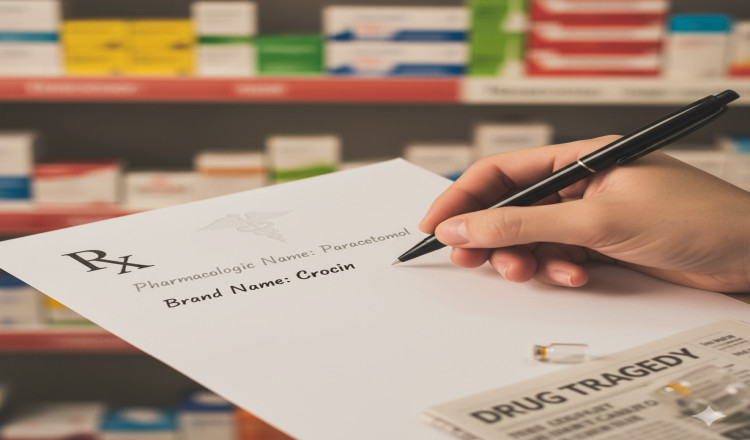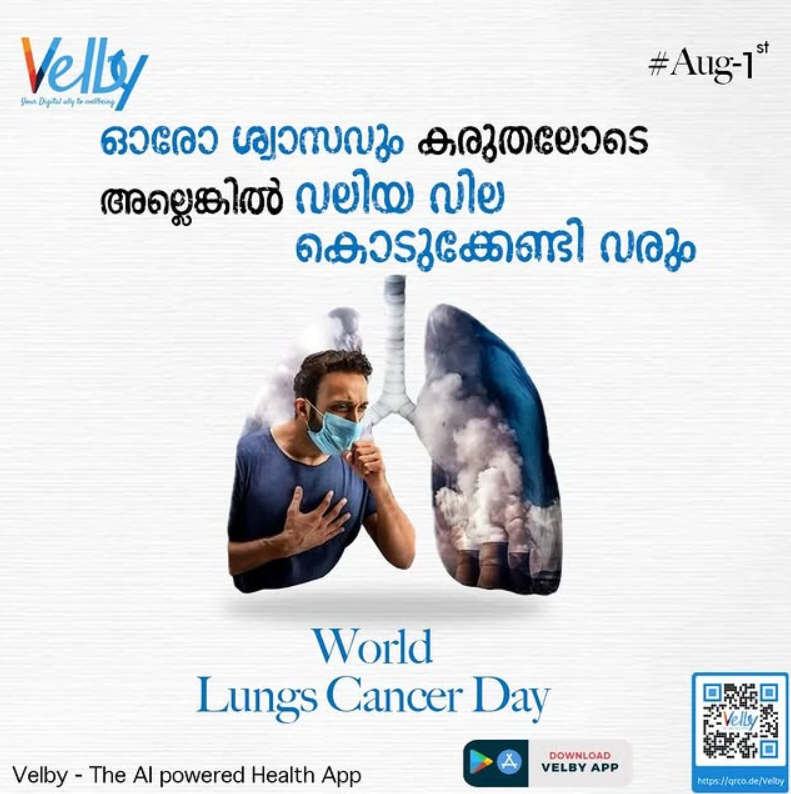
In the sacred equation of healing, a doctor’s prescription represents the final bridge between suffering and recovery. It rests upon trust — trust in one’s clinical judgment, in the diagnosis, and most crucially, in the integrity of the medicine that reaches the patient’s hands.
Today, that last pillar of trust in India is dangerously eroding. The tragic deaths of children from contaminated syrups and injectables have laid bare a painful truth:
“Prescribing only by pharmacologic name has become a gamble. Writing a trusted brand name is now a doctor’s only guarantee of safety.”
The Real Villain Behind the Tragedy
The recent case exposes a disturbing truth: the weakest link in India’s healthcare chain isn’t the doctor — it’s the drug quality ecosystem itself.
Amid this chain of negligence, it is the prescribing doctor — the very end of the chain — who now faces criminal blame and public vilification. That is not accountability; it is misdirection.
The Blank Cheque Prescription
When a physician writes “Paracetamol” or “Pantoprazole,” they are making a clinical decision — but relinquishing all control over its execution.
That single line becomes a blank cheque, redeemable by any pharmacist, with any brand — from a global manufacturer known for decades of stringent quality assurance to an obscure firm that undercuts competitors through corner-cutting.
Neither the doctor nor the patient can trace what finally reaches the bloodstream. In effect, each prescription becomes a bet against the reliability of India’s fractured drug-regulatory system.
The Systemic Breach of Trust
This is no theoretical hazard. It is written in the epitaphs of children who consumed cough syrups laced with industrial solvents — products that slipped through every supposed layer of protection.
The Central Drugs Standard Control Organisation (CDSCO) and several state FDAs remain under-resourced, over-burdened, and too often undermined by conflicts of interest.
“In such an environment, a pharmacologic name is a mere formula — it carries no intrinsic assurance of quality, purity, or safety.”
The Brand as a Shield of Accountability
A brand name, however, carries weight. It represents a manufacturer’s identity, integrity, and liability.
Reputed pharmaceutical houses stake their very existence on the consistency of their products. They invest in compliance, audits, and Good Manufacturing Practices (GMP) that frequently surpass statutory minimums.
“When a doctor specifies a brand, it is not an act of favoritism — it is a clinical decision rooted in trust and responsibility.”
It says: “I know who made this. I trust their standards. My patient deserves that assurance.”
Addressing the Critics
Yes, branded prescribing raises legitimate debates — about cost, about marketing influence, about ethical promotion.
But those issues must be resolved through policy reform and transparent oversight, not by compromising patient safety.
Because when the choice is between a guarantee and a gamble with a life, the moral arithmetic is simple:
“Safety cannot be secondary to economics”
The real reform must begin not with punishing prescribers, but with strengthening regulators — ensuring that no unsafe drug ever reaches a pharmacy shelf.
Until then, the doctor’s pen remains the first, and sometimes only, instrument of quality control.
The Doctor as the Last Line of Defence
The arrest of a pediatrician for prescribing a legally approved syrup marks the grim culmination of a system that punishes the visible and protects the powerful.
It sends a chilling message — that the clinician will bear the blame for the failures of manufacturers and regulators.
But this same moment must also awaken the profession to reality:
In a compromised supply chain, a brand is not a luxury; it is a lifeline.
The Prescription Pad as Protection
To every practicing doctor in India:
Your prescription pad is your shield of accountability. Each line you write is not just a treatment plan — it is a declaration of responsibility.
Specify the brand. Choose reliability over rhetoric. Protect your patient, and protect yourself.
Because until the day every drug on the shelf can be trusted, the difference between a pharmacologic name and a brand name will remain the difference between a gamble and a guarantee.
Until regulation becomes reliable, prescription must become responsible.
Writing a brand name is not promotion — it’s protection.

Dr Sankar Mahadevan
A Pharmacologic Name is a Gamble. A Brand Name is a Guarantee.
അസിസ്റ്റന്റ് പൊഫസ്സർ, ഡിപ്പാർട്മെന്റ് ഓഫ് ജനറൽ മെഡിസിൻ, ഗവണ്മെന്റ് മെഡിക്കൽ കോളേജ്, കോഴിക്കോട്
ഡെങ്കിപ്പനിക്ക് പുറമെ എച്ച്1 എൻ 1, എലിപ്പനി എന്നിവയും റിപ്പോർട്ട് ചെയ്യപ്പെടുന്ന സാഹചര്യത്തിൽ പൊതുജനങ്ങൾ ജാഗ്രത പാലിക്കണമെന്ന്ആരോഗ്യ വകുപ്പ് അറിയിച്ചു.
— The old days of drug nomenclature were simpler
Tiny Nair, MD, DM
We have various options to advertise with us including Events, Advertorials, Banners, Mailers, etc.